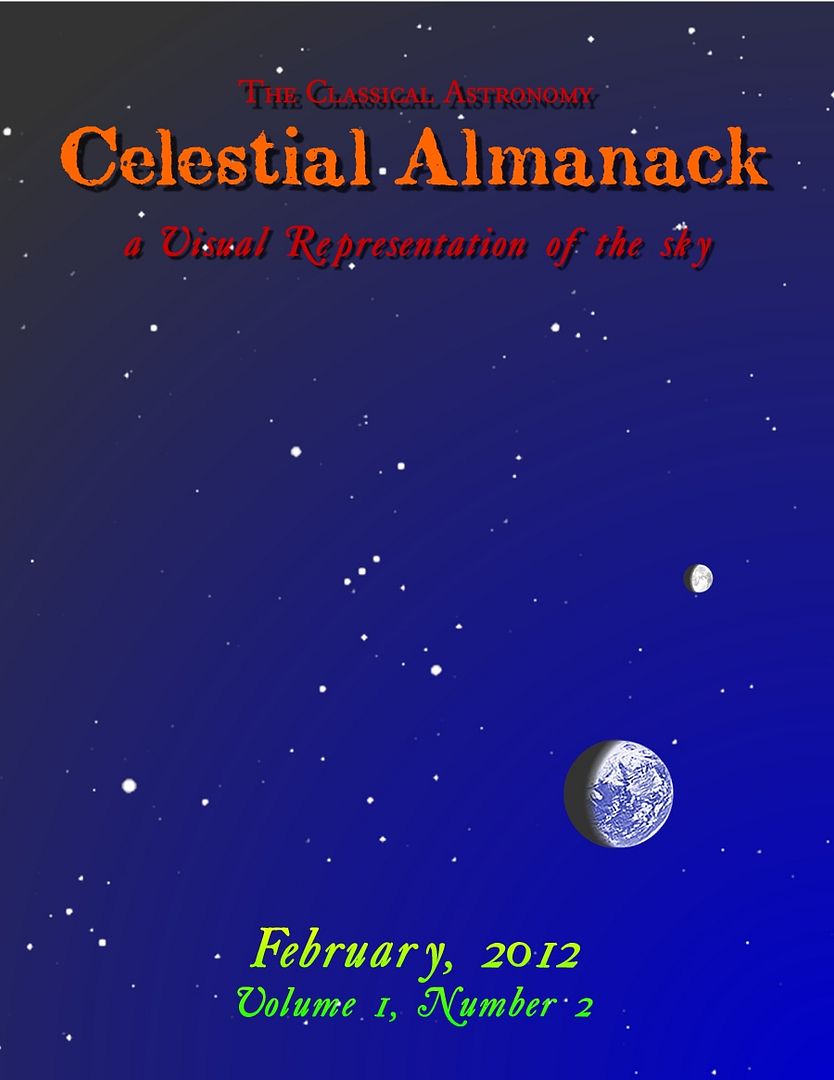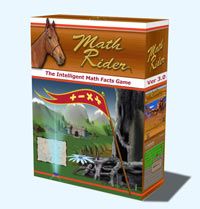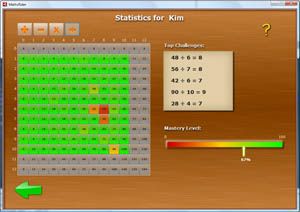This is, again, the opening phrase of the Bible. Although in English translations, the words "God" or "Lord" are used throughout the Old and New Testaments, there are more Hebrew and Greek names used for God in the original texts. For example, the Hebrew word for God in this verse is "Elohim." This is the name we have for God from Genesis 1:1 until Genesis 6:5, when we see the first occurrence of YHWH (Yahweh or Jehovah); later in Genesis 14:18 we see the name "El" ("Mighty") introduced.
It seems to me that God reveals more and more of Himself through His names as we go through scripture/His story (history). We get to know Him better with each new name. Here are a few more (not all):
- El Shaddai (Lord God Almighty)
- El Elyon (The Most High God)
- Adonai (Lord, Master)
- Yahweh (Lord, Jehovah)
- Jehovah Nissi (The Lord My Banner)
- Jehovah-Raah (The Lord My Shepherd)
- Jehovah Rapha (The Lord That Heals)
- Jehovah Shammah (The Lord Is There)
- Jehovah Tsidkenu (The Lord Our Righteousness)
- Jehovah Mekoddishkem (The Lord Who Sanctifies You)
- El Olam (The Everlasting God)
- Elohim (God)
- Qanna (Jealous)
- Jehovah Jireh (The Lord Will Provide)
- Jehovah Shalom (The Lord Is Peace)
- Jehovah Sabaoth (The Lord of Hosts)
I love the exclusive use of Elohim in the opening chapters of Genesis because, in my opinion, that word seems to exude the idea of the Trinity. The word "trinity" does not appear in scripture, but the idea (three-in-unity) certainly does. Elohim is a plural noun, paired with plural pronouns like "we" and "us" (i.e., "Let us make man in our image..."). Though "the Lord our God is ONE God" (Deuteronomy 6:4), He has a plural existence as the Father, the Son, and the Holy Spirit.
We see the introduction of each part of the Trinity operating separately, but in unity, in the first 3 verses of Genesis:
Genesis 1:1 - God, the Father - created the Heavens and the earth
Genesis 1:2 - God, The Holy Spirit - moves across the face of the waters,
Genesis 1:3 - God, the Son (see John 1:1-14; Jesus is the Word, but also the Light)
In the end, the Holy Spirit gives me the faith to believe in the Son who is the only way to the Father (Galatians 5:22-23, John 14:6).























